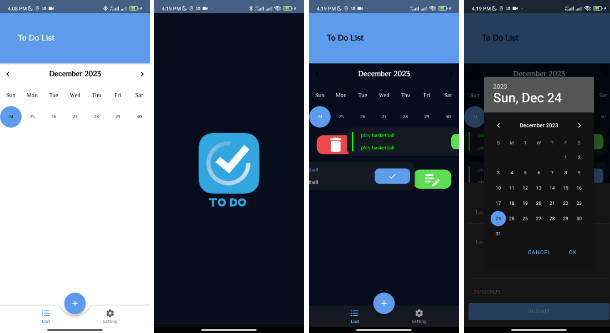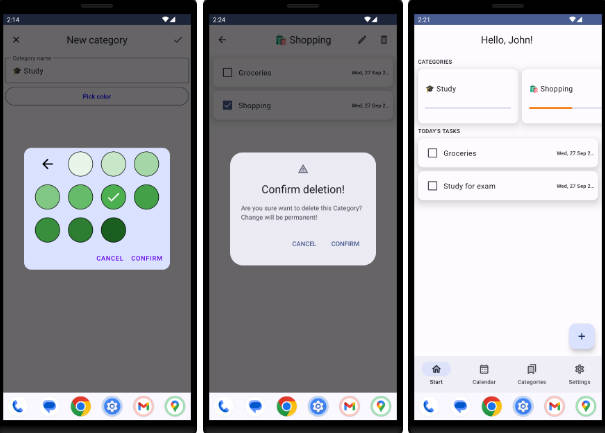Pipe
Pipe is an Android library for building pipelines for executing background tasks.
- Declarative: Uses a Kotlin DSL or builder to declare pipeline schematics.
- Powerful: Supports both simple steps and complex synchronization structures like barriers and aggregators.
- Resilient: Pipe has resiliency baked-in. Has support for step retries in case of failures.
- Android arch-friendly: The API is designed with the Android architecture components in mind, making integration into your apps easy.
Example
Consider a use case where we want to construct the following pipeline:
- Wait for a UI signal to start the pipeline (i.e., button click to lift the manual barrier)
- Download an image from the given URL
- Rotate the downloaded image by 90 degrees
- Scale the image to a 400px x 400px size
- Overdraw the scaled image on top if its sibling

Pipe uses a Kotlin DSL to declare pipeline schematics. We can express the above pipeline as:
data class ImagePipelineMember(val url: String? = null, val image: Bitmap? = null)
val JOBS_REPO = InMemoryRepository<Job<ImagePipelineMember>>()
val LOGGER = AndroidLogger("Pipe")
fun makePipeline() = buildPipeline<ImagePipelineMember> {
setRepository(JOBS_REPO)
setLogger(LOGGER)
addManualBarrier("start_barrier")
addStep("download", attempts = 4) {
ImagePipelineMember(image = downloadImage(it.url!!))
}
addStep("rotate") {
ImagePipelineMember(image = rotateBitmap(it.image!!, 90.0f))
}
addStep("scale") {
ImagePipelineMember(image = scale(it.image!!, 400, 400))
}
addCountedBarrier("overdraw", capacity = Int.MAX_VALUE) { allMembers ->
allMembers.mapIndexed { index, member ->
val siblingIndex = if (index == 0) allMembers.lastIndex else index - 1
val resultingImage = overdraw(member.image!!, allMembers[siblingIndex].image!!)
ImagePipelineMember(image = resultingImage)
}
}
}
We can then use this factory function to create an instance of the pipeline:
val pipeline = makePipeline()
And then schedule jobs into it:
const val JOB_TAG = "IMAGE_TRANSFORM_JOBS"
fun Pipeline<ImagePipelineMember>.createImageJobs(imageUrls: List<String>): List<Job<ImagePipelineMember>> {
countedBarriers.forEach {
it.setCapacity(imageUrls.size)
}
return imageUrls.map { url ->
push(ImagePipelineMember(url = url), tag = JOB_TAG)
}
}
We can subscribe to these jobs' state changes in our activities/fragments via LiveData:
val jobs = pipeline.createImageJobs(urls)
jobs.forEach { job ->
job.state.observe(this, Observer {
// Update UI in response to state changes
})
}
See the state machine for the details.
We can also fetch any ongoing jobs from the repository (e.g., if the fragment is re-created):
JOBS_REPO[JOB_TAG].forEach { (job, _, _) ->
// Perform actions on the jobs, such as interrupting them, unsubscribing from them, etc.
}
And finally, we can start the pipeline when a UI button is clicked:
someButton.setOnClickListener {
pipeline.manualBarriers.first().lift()
}
State machine
The progress of a job is encoded via a state machine:






